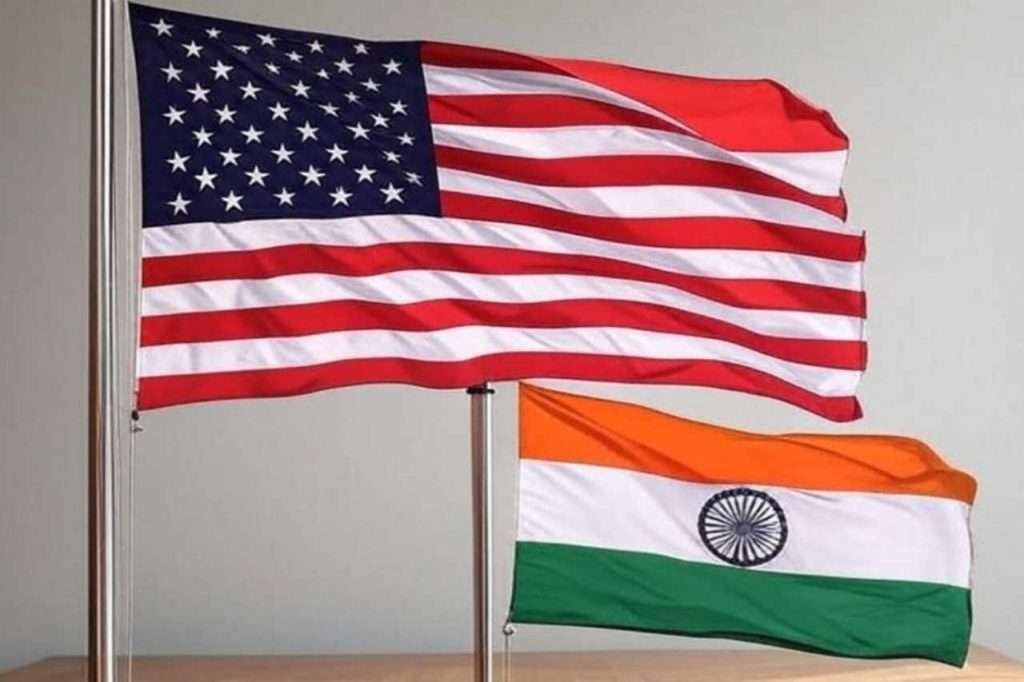
The United States and India are working to make interim trade agreements. Economic Times reported that under this agreement, the tariff rate on India’s products could drop below 20 percent. As a result, India will move to a convenient place than rivals in South Asia.
The discussion is at a level where India expects that the Donald Trump last week sent a letter to 22 countries, and Truth Social published it, it would not happen to India. India is hoping that the matter will be publicly published through the statement.
These discussions are being held secretly. So the sources told the Economic Times on condition of anonymity. If the interim agreement is reached, both sides will have the opportunity to continue the ongoing discussion. At the same time, India will have time to settle the unresolved issues before a large-scale agreement.
On April 2, Donald Trump first declared the counter duty, the tariff on India was determined at 26 percent. India will be in a convenient position if it goes down 20 percent in the interim agreement. If the tariff is finally below 20 percent, it will be considered a success for India’s diplomats.
In addition, as part of the final agreement, both parties may have conditions to open the way for negotiations on tariffs, according to the news reports. However, it is not yet clear when the interim agreement will be announced.
When the interim agreement is signed, India will be in the Qatar of some countries that have been able to make a deal with the Donald Trump administration. Trump is giving one letter to those countries that have not made special progress in the agreement with the agreement. In some cases, he announced up to 50 percent of the tariff. These tariffs will be effective from August 1. Canada is on this list. The tariff on the country has been fixed at 35 percent.
The Ministry of Commerce and Industry of India did not respond to the e -email sent for the comment. The White House and the US trade department did not immediately comment, the Economic Times said.
The news says, The terms of India’s contract would be convenient than Vietnam’s. Donald Trump says a 20 percent import duty has been imposed on Vietnamese products. But Vietnam is in a state of disrepair and is trying to reduce it. Beyond that, Donald Trump has signed a trade agreement with the United Kingdom.
In an interview with NBC News on Thursday, Trump said that most trade partners are thinking of imposing single tariffs at a rate of 15 to 20 percent, though they have not yet been formally reported. At present, almost all the minimum tariffs on almost all trade partners in the United States are 10 percent.
Last week, there are several countries in Asia, among the countries that have imposed tariffs on products. In that case, 40 percent on Donald Trump Laos, 40 percent on Myanmar (Burma), Cambodia 36 percent, Thailand 36 percent, Bangladesh 35 percent, Indonesia 32 percent, South Korea, Japan, and Malaysia have said 25 percent of the duty.
From the beginning of this year, the India White House is going to discuss trade with the United States. The deal is getting late. Even the relationship between the two countries has recently deteriorated. Earlier last week, Donald Trump said the matter with India is in the final stages. At the same time, he threatened to impose additional tariffs on India’s products because it participated in the BRICS alliance. The Indian delegation may soon visit Washington to advance the discussion.
However, both sides are in their position on some important issues. One of them is Washington’s claim that India will open the market for genetically material (GM) crops, but India rejected the interests of its farmers. For a long time, the United States has been trying to enter India’s agricultural market. But India has always said that the sector should be protected in the interest of the livelihoods, food security, and rural economy of its small farmers.
The trade between India and the United States is still very limited, only $ 8 billion or $ 800 billion. India exports rice, shrimp, and spices. Nuts, apples, and pulses come from the United States.
But the Donald Trump Administration is seeking a large amount of US maize, soybeans, cotton, etc. It will reduce the trade cost of $ 45 billion or 4 thousand 500 billion in the United States.
In addition, the two parties could not reach a solution in the agricultural sector and the control process of the pharmaceutical industry, the sources saidIndia and the United States seek to increase bilateral trade by 2030 to $ 500 billion or $ 50 billion. Although bilateral trade is currently only 191 billion or 19 thousand 100 billion dollars.


